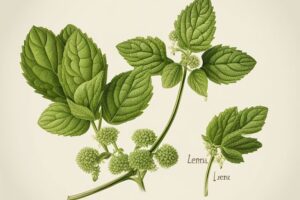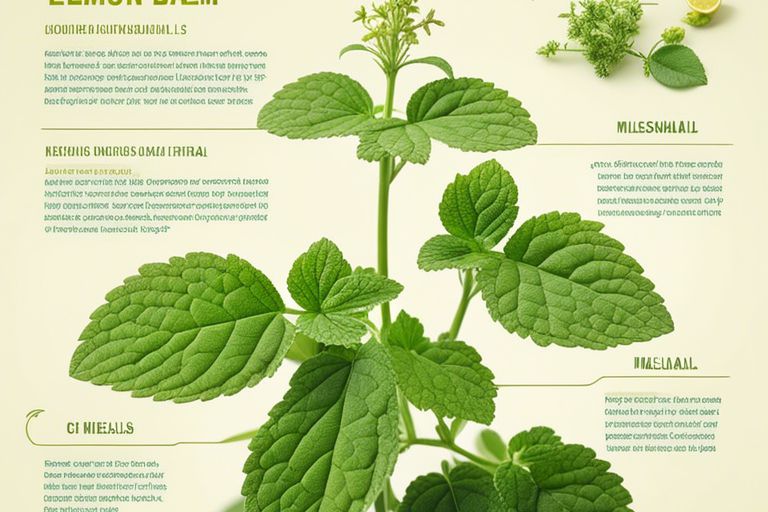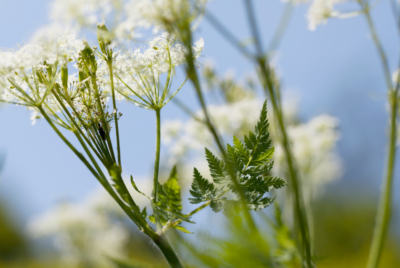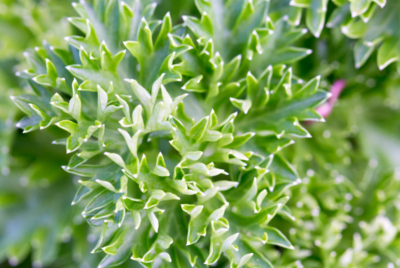Lemon Balm’s Active Compounds
Lemon Balm’s Active Compounds
1.Introduction: Lemon Balm’s Active Compounds

Lemon Balm’s Active compounds not only contribute to its unique aroma and taste but also offer a range of health benefits. Known for its calming properties, rosmarinic acid and citronellal are two of the key active compounds that make lemon balm a popular herb in traditional medicine.
This article will explore the powerful effects of these compounds and how they can positively impact overall well-being.
1.1 Key Takeaways:
a. Rosmarinic Acid: Lemon balm contains high levels of rosmarinic acid, which has been linked to its antioxidant and anti-inflammatory properties.
b. Flavonoids Lemon balm also contains flavonoids like quercetin and luteolin, which contribute to its anti-anxiety and calming effects.
c. Terpenes: The terpenes in lemon balm, such as citronellal and geranial, give it a refreshing aroma and may have antimicrobial properties.
1. Lemon balm contains rosmarinic acid, a potent antioxidant.
2. Active compound eugenol aids in reducing anxiety and stress.
3. Citronellal provides lemon balm’s characteristic lemon scent.
4. Apigenin in lemon balm helps promote relaxation and sleep.
5. Caffeic acid contributes to lemon balm’s anti-inflammatory properties.
6. Lemon balm’s active compounds have potential neuroprotective effects.
2.Here is a Terpene Chart and you can see their potential Effects
a chart of terpene effects involves compiling data on various terpenes and their associated effects.
| Terpene | Aroma | Potential Effects |
|---|---|---|
| Myrcene | Earthy, musky | Relaxation, sedation, enhanced sleep, anti-inflammatory |
| Limonene | Citrus | Mood elevation, stress relief, antibacterial, anti-fungal |
| Linalool | Floral | Anxiety relief, anti-depressant, sedative, pain relief |
| Caryophyllene | Spicy, woody | Anti-inflammatory, gastric protection, neuroprotective |
| Pinene | Pine | Alertness, memory retention, anti-inflammatory, bronchodilator |
| Humulene | Hops, earthy | Appetite suppression, anti-inflammatory, anti-bacterial |
| Terpinolene | Woody, smoky | Antioxidant, sedative, antibacterial, anti-fungal |
| Ocimene | Sweet, herbal | Decongestant, anti-inflammatory, antiviral |
| Nerolidol | Woody, citrusy | Sedative, skin penetration enhancer, anti-fungal, anti-malarial |
| Bisabolol | Floral, sweet | Anti-inflammatory, anti-irritant, antioxidant, anti-microbial |
Note: This chart provides a concise summary of potential effects attributed to different terpenes commonly found in nature and essential oils, including lemon balm. The information provided in the chart is a simplified overview of the potential effects of different terpenes found in nature and in essential oils like lemon balm. It’s important to note that the effects of terpenes can vary and scientific research is ongoing. Always consult with a healthcare professional for guidance on the use of any herbal compounds.
3.The Heart of Lemon Balm’s Active Compounds
Now let’s research into the active compounds that make lemon balm such a powerhouse of health benefits. Two key elements contribute to its soothing and aromatic properties: rosmarinic acid and citral.
3.1.Rosmarinic Acid: The Soothing Element
Acid Though it may have a somewhat intimidating name, rosmarinic acid is actually a gentle and calming compound found in lemon balm. Known for its anti-inflammatory and antioxidant properties, rosmarinic acid is responsible for easing stress, promoting relaxation, and supporting overall wellness.
3.2.Citral: The Aromatic Touch
Citral When you catch a whiff of lemon balm, you can thank citral for its delightful aroma. This compound gives lemon balm its citrusy scent and is also known for its anti-fungal and anti-microbial properties.
Plus, citral has been shown to have calming effects on the mind and body, making it a key player in promoting relaxation and reducing anxiety.
4.Synergy in Lemon Balm

4.1.Terpenes and Their Calming Influence
Terpenes are organic compounds found in lemon balm that contribute to its calming effects on the mind and body. These compounds work in synergy to enhance the herb’s overall therapeutic properties, helping to promote a sense of relaxation and reduce stress.
The terpenes in lemon balm, such as citronellal and linalool, interact with the nervous system to soothe anxiety and promote a sense of well-being. When combined with other active compounds in the herb, terpenes play a key role in enhancing the overall effectiveness of lemon balm as a natural remedy for calming the mind.
4.2.Flavonoids: The Colorful Antioxidants
Lemon balm contains a variety of flavonoids, which are colorful pigments with powerful antioxidant properties. These compounds help to protect cells from damage caused by free radicals and support overall health through their anti-inflammatory effects.
Any positive effects of lemon balm can be attributed in part to its rich flavonoid content. These compounds work synergistically with terpenes and other active constituents to enhance the herb’s therapeutic benefits and promote a healthy balance in the body.
5.Exploring Usage and Benefits of Lemon Balm’s Active Compounds
To fully appreciate the potential of Lemon Balm, it’s essential to explore its various uses and benefits across traditional medicine practices and modern research findings.
5.1.Lemon Balm in Traditional Medicine
On a historical note, Lemon Balm has been a staple in traditional medicine for centuries. Ancient civilizations used it to promote relaxation, improve sleep quality, and alleviate digestive issues. The herb also served to enhance cognitive function and elevate mood, establishing it as a versatile remedy in traditional healing practices.
5.2.Contemporary Uses and Research Findings
Lemon Balm continues to garner attention in modern times for its array of benefits. Recent research has highlighted its potential in reducing stress and anxiety, improving cognitive function, and even supporting heart health. Studies have also shown its effectiveness in promoting better sleep quality and managing symptoms of conditions like ADHD.
For instance, a study published in the Journal of Neurology, Neurosurgery & Psychiatry found that Lemon Balm extract significantly improved cognitive function and mood in participants, showcasing its potential in promoting mental well-being.
6.Conclusion on Lemon Balm’s Active Compounds
With these considerations, it is evident that lemon balm contains a variety of active compounds that offer numerous health benefits. From its ability to reduce stress and anxiety to its potential anti-inflammatory and antioxidant properties, lemon balm is a versatile herb that can support overall well-being. Incorporating lemon balm into your daily routine, whether through tea, essential oil, or supplements, can be a simple and effective way to harness its therapeutic effects. Discover the power of lemon balm and enhance your health naturally!
7.FAQ on Lemon Balm’s Active Compounds
1: What are Lemon Balm’s active compounds?
A: The active compounds in Lemon Balm include rosmarinic acid, flavonoids, and triterpenes.
2: How do rosmarinic acid and flavonoids benefit health?
A: Rosmarinic acid and flavonoids have antioxidant properties that help protect cells from damage caused by free radicals, promoting overall health.
3: What are the potential health benefits of Lemon Balm’s active compounds?
A: Active compounds in Lemon Balm exhibit anti-inflammatory, antimicrobial, and calming effects. These may help improve cognitive function and reduce stress and anxiety.
4: Can Lemon Balm’s active compounds help with sleep disorders?
A: Lemon Balm’s active compounds have been shown to have mild sedative effects. These may help improve sleep quality and aid in managing sleep disorders like insomnia.
5: How can Lemon Balm’s active compounds be consumed?
A: Lemon Balm’s active compounds can be consumed through teas, tinctures, capsules, or as an essential oil for aromatherapy. Be sure to follow recommended dosages and consult with a healthcare provider if needed.



